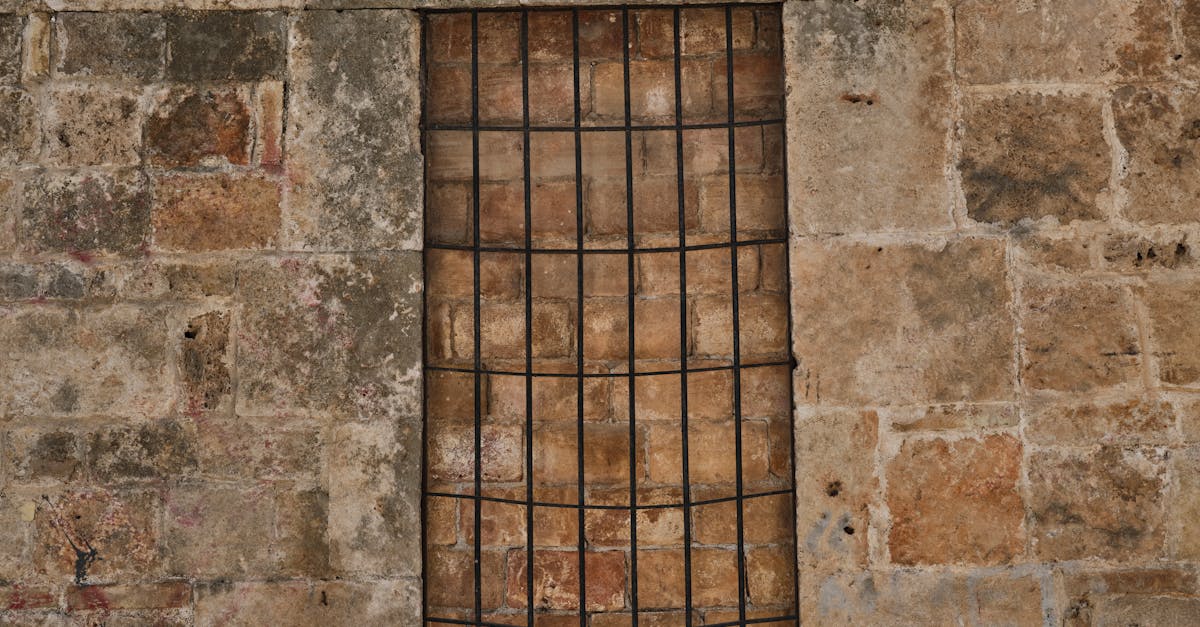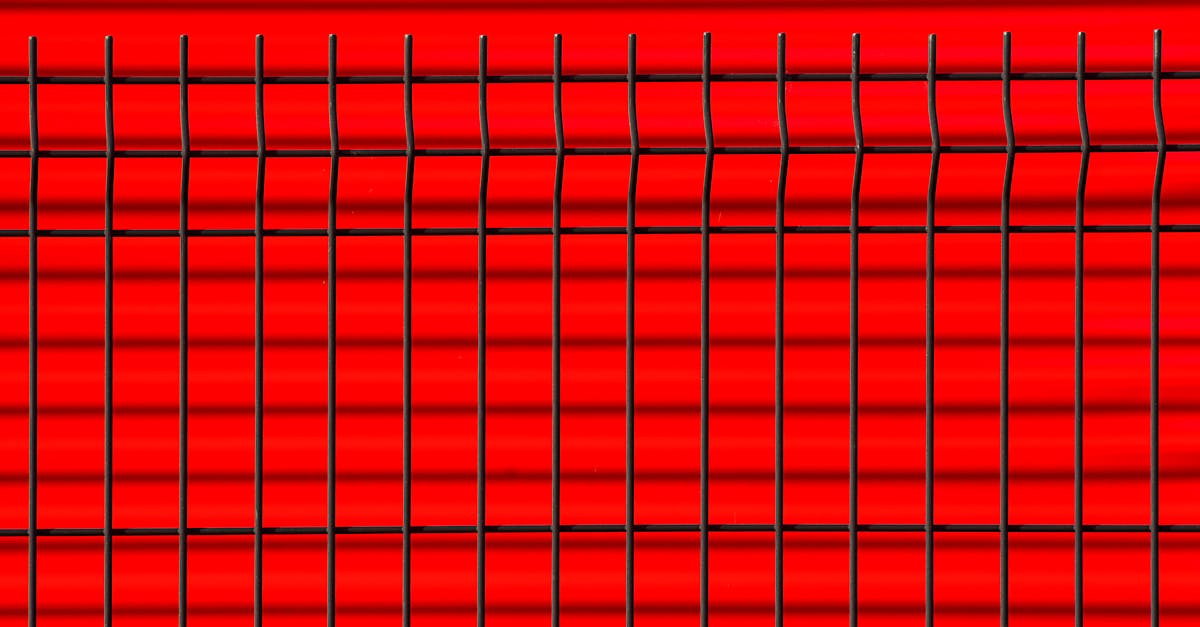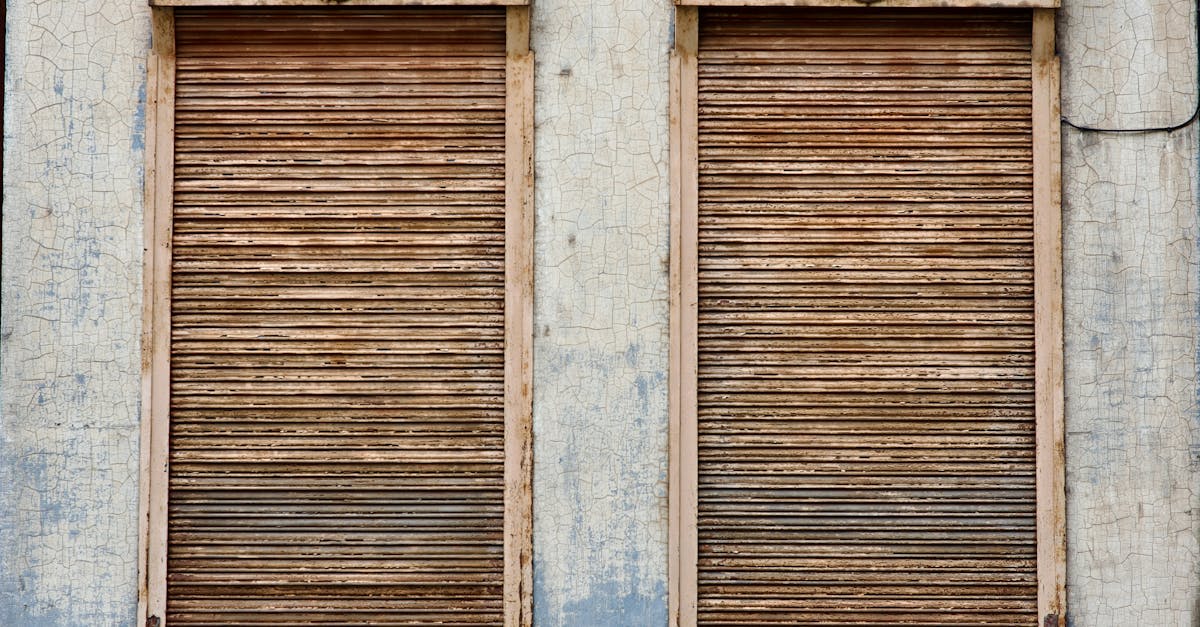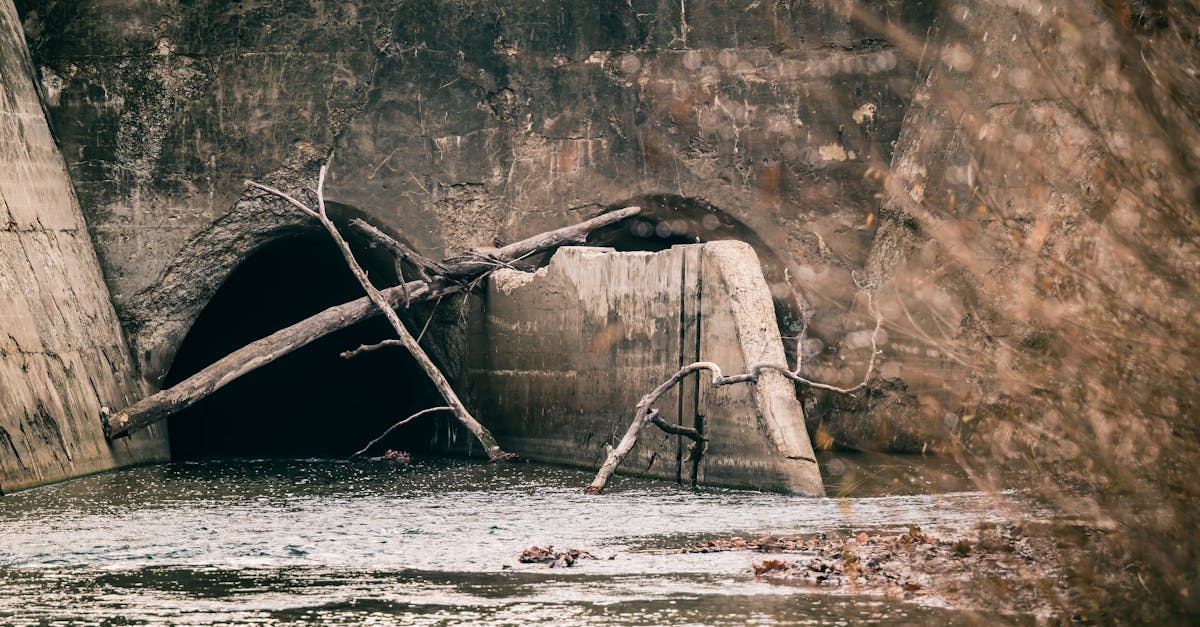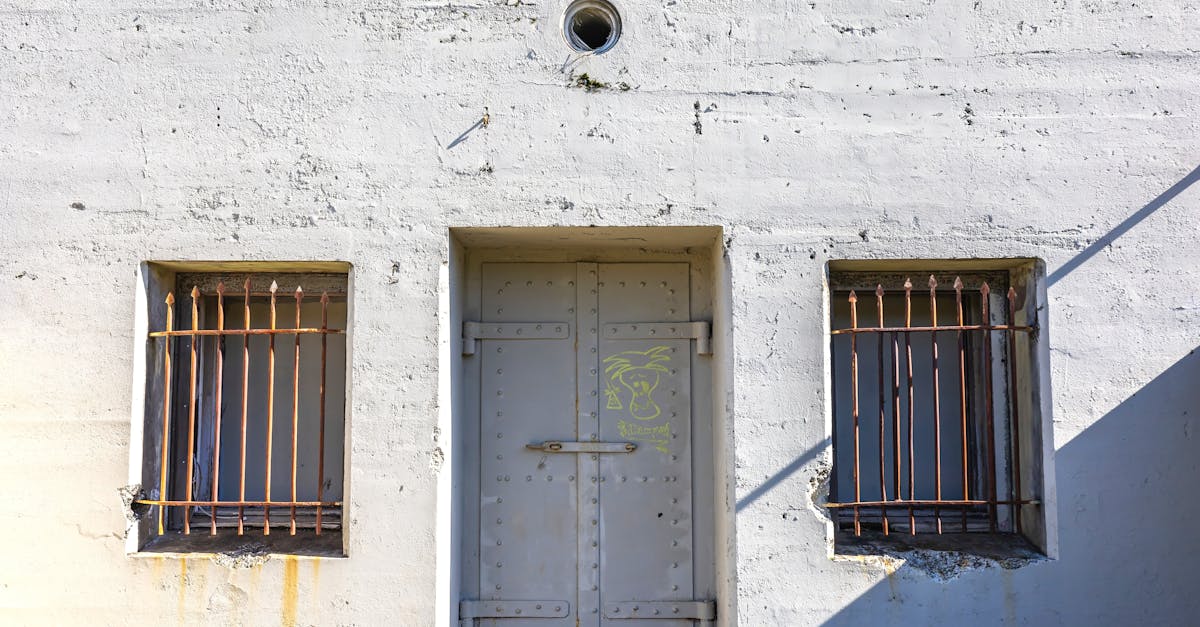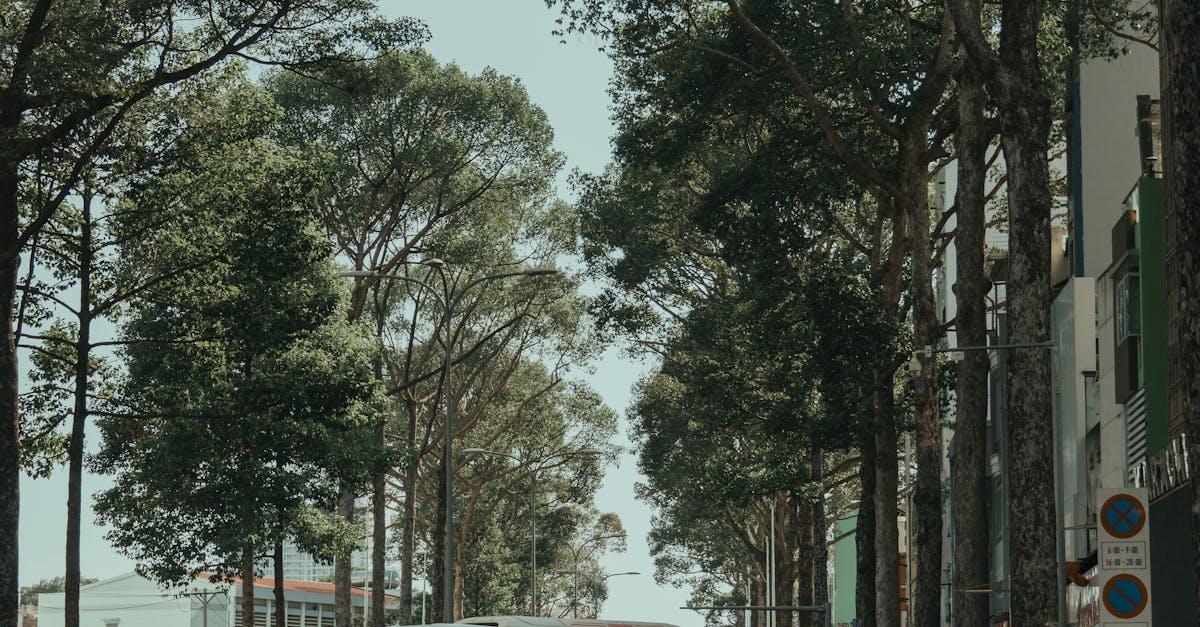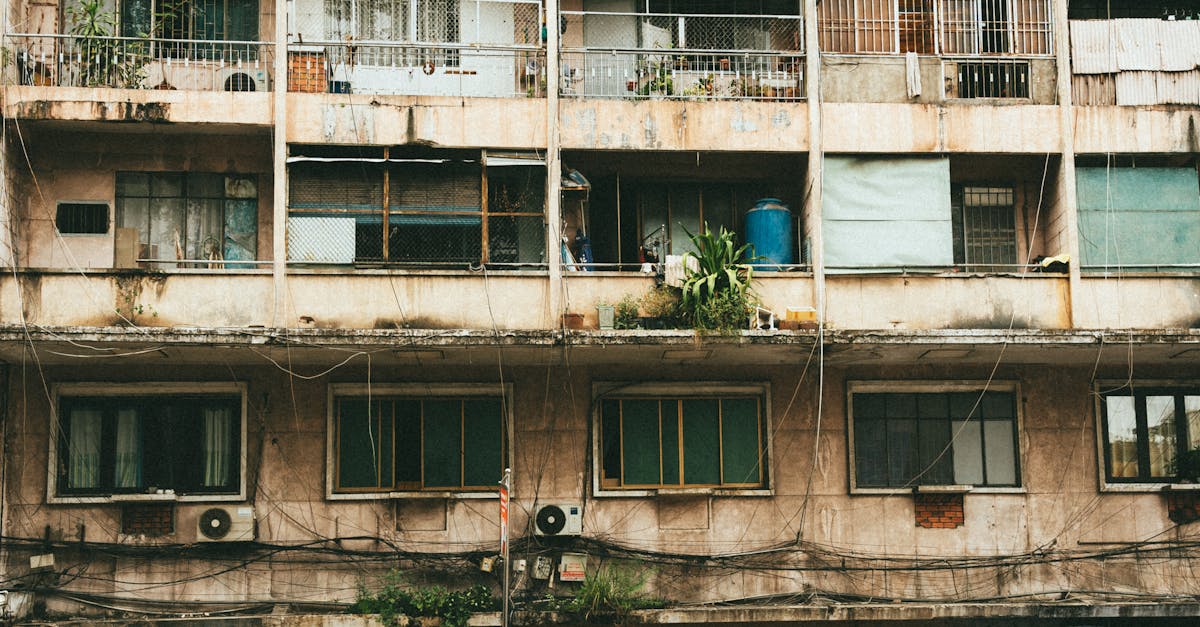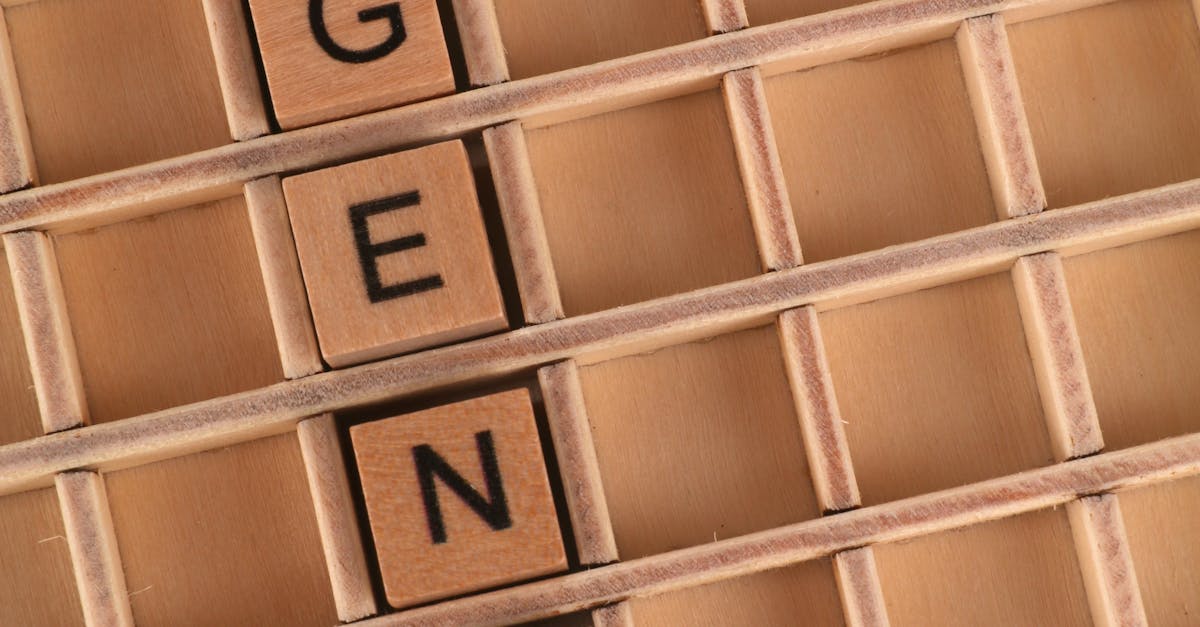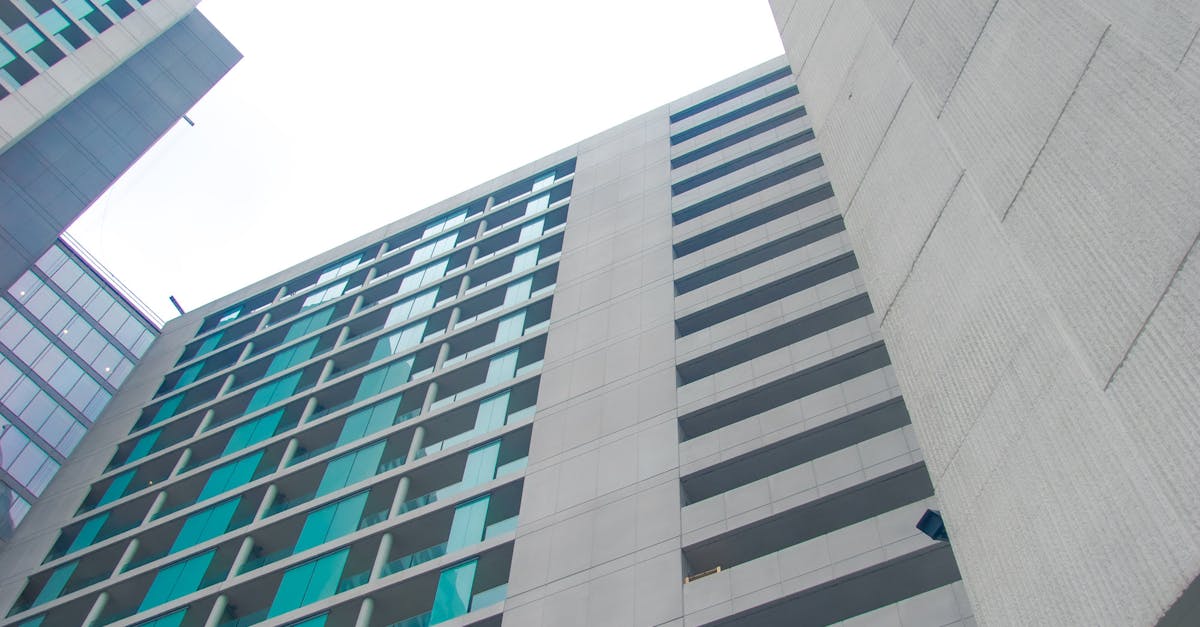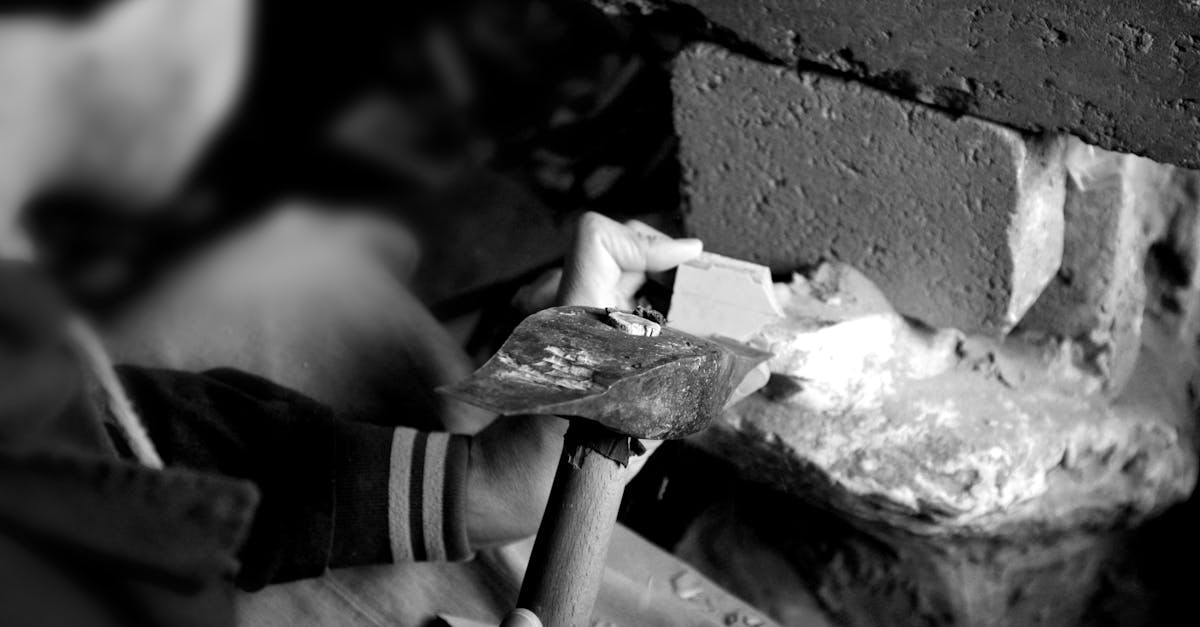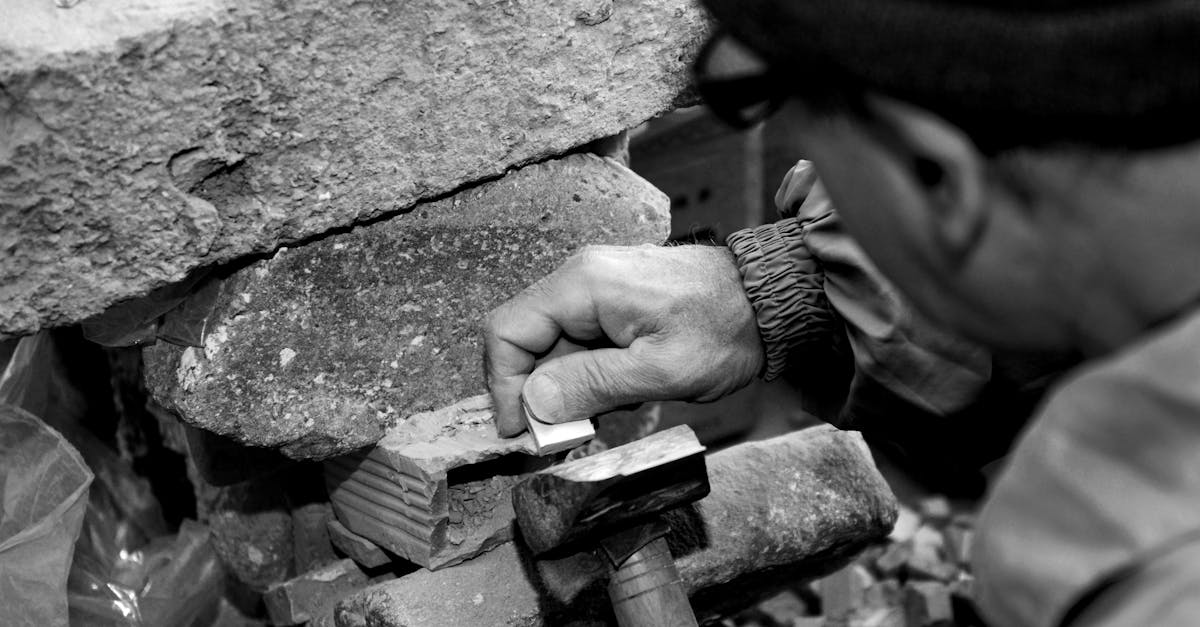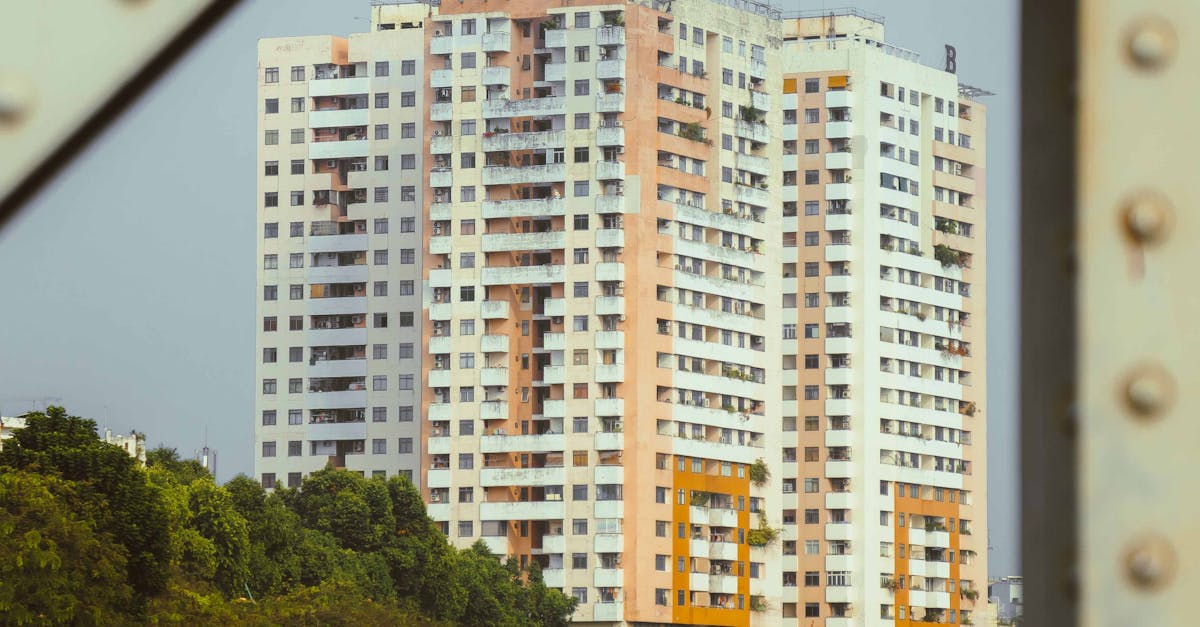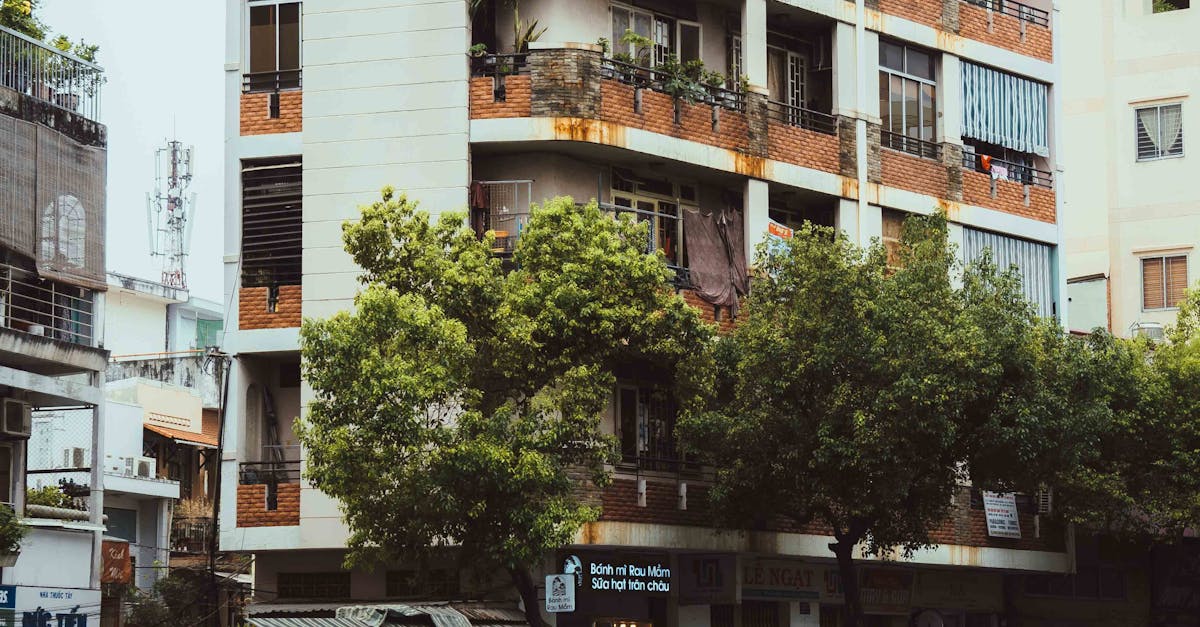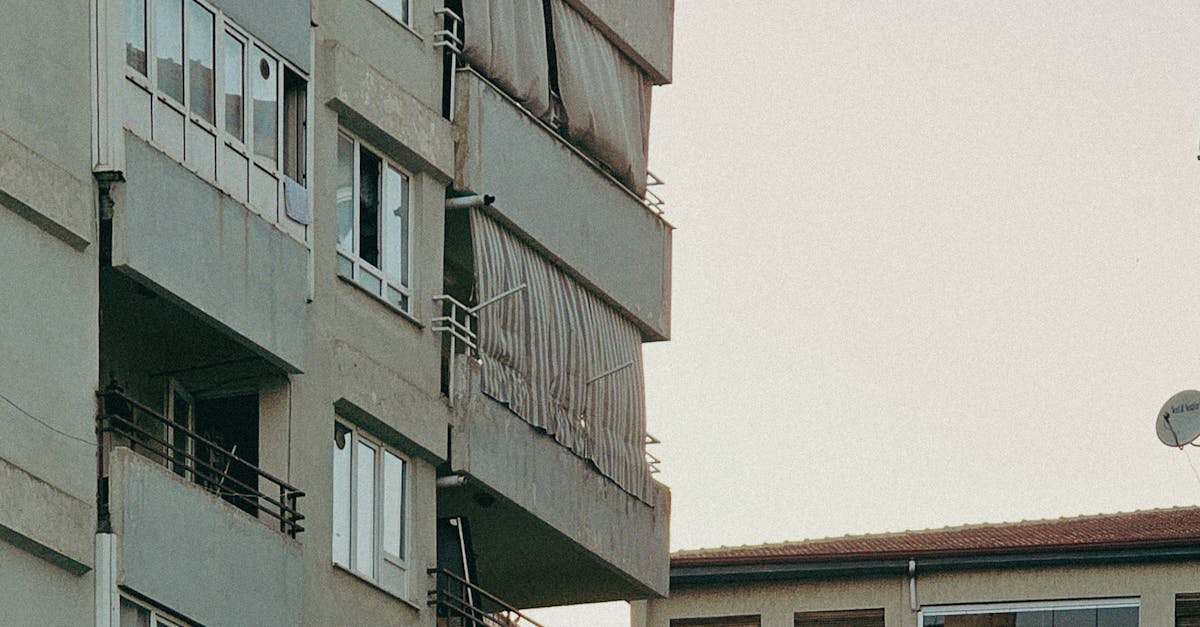
Table Of Contents
Testing for Leaks
Testing for leaks is an essential step in ensuring that your toilet operates efficiently and effectively. Start by checking the connection points where the water supply meets the toilet tank and the inlet valve. Look for any signs of moisture or water pooling around these areas. If you notice any wetness, it could indicate a leak that requires immediate attention. Regular inspections after your toilet installation and repair can help identify issues early, preventing more significant problems down the line.
If you suspect a leak, a simple method to confirm this is to perform a dye test. Add a few drops of food colouring to the toilet tank and wait for about 30 minutes without flushing. After the designated time, check the toilet bowl for any colour. If the dye has seeped into the bowl, it signals a leak that may be due to a faulty flapper or a poor connection. Addressing these leaks promptly will enhance the performance of your toilet and extend its lifespan.
How to Ensure a Secure Connection
A secure connection between the water supply and your toilet is essential for proper functioning. Begin by ensuring that all components, including the shut-off valve, hose, and inlet valve, are compatible and in good condition. Inspect the threads on the connections for any signs of damage or wear. Use plumber’s tape on threaded connections to help create a watertight seal. Tighten all fittings by hand first, then use a wrench for a quarter turn to ensure they are firmly in place without overtightening.
Regular checks can help maintain a secure connection over time. Inspect the area around the toilet for any signs of water accumulation or dampness that could indicate a slow leak. If you notice any issues, troubleshoot them promptly to prevent further damage. Consider professional help if you are uncertain about your DIY skills. Toilet installation and repair specialists can provide the expertise needed to ensure a reliable connection and long-lasting performance for your toilet.
Troubleshooting Common Issues
When experiencing issues with your toilet, identifying the root cause is crucial for effective troubleshooting. Common problems may include a constantly running toilet, inadequate flushing, or water pooling around the base. It’s essential to carefully inspect the connections, checking for visible signs of wear or misalignment. Catching these issues early on can prevent more significant problems down the line, making toilet installation and repair a smoother process.
If you're dealing with persistent leaks, the issue might lie in the seals or fittings. Start by tightening any loose connections but take care not to over-tighten, which can lead to further damage. Additionally, check the flush valve and flapper for wear, as these components can significantly affect performance. Regular assessments of these parts can enhance the longevity of your toilet system and improve its efficiency.
Identifying and Fixing Connection Problems
Connection problems in toilet systems can manifest through various issues, such as water leaks or irregular flushing behaviour. Identifying these problems early can prevent significant water wastage and costly repairs. Check for visible leaks around the water supply line connections. A simple visual inspection can reveal moisture accumulation or corrosion, which indicates a potential failure in the connection. Additionally, listen for unusual sounds when the toilet is running, as these may signal an irregular flow or blockages requiring attention.
Fixing connection problems generally involves tightening fittings or replacing damaged parts. It is crucial to use the correct tools to avoid overtightening, which may worsen the situation. For those unfamiliar with plumbing, seeking professional assistance can be a wise choice, especially regarding toilet installation and repair. This ensures that the entire system operates efficiently. Having a well-maintained toilet system prevents future complications and enhances your overall plumbing health.
Maintenance Tips for LongTerm Performance
Regular maintenance is essential for ensuring the longevity of your toilet system. Routinely check the components such as the flapper, fill valve, and supply line for any signs of wear or damage. Replace any worn parts promptly to prevent further issues. Additionally, ensure that the water supply shut-off valve is functioning correctly. This will help in managing any unexpected leaks or problems. Incorporating regular inspections into your routine can save you from more significant repairs down the line.
Toilet installation and repair should not be neglected in your maintenance efforts. Keeping a clean and hygienic toilet area will not only contribute to its overall appearance but also to its functionality. It is important to regularly clean the tank and bowl, ensuring no mineral buildup impacts the flush mechanism. Furthermore, maintain the seals and gaskets with appropriate sealants to avoid leaks or moisture problems. Consistency in these practices will help in achieving optimal performance from your toilet system.
Keeping Your Toilet System in Good Condition
Regular maintenance of your toilet system is essential for preventing long-term issues. Check components like the shut-off valve, fill valve, and flush mechanism for wear and tear. Even minor leaks can lead to significant water wastage. Replacing worn parts promptly can save water and reduce your utility bills. Keep an eye on the toilet bowl and tank for any signs of leaks. A damp area around the base could indicate a problem that needs addressing.
Toilet installation and repair should involve a comprehensive inspection of all connection points. Ensure that seals are intact and connections are tight. Regularly check the water supply line for any signs of wear or corrosion. Cleaning and occasionally descaling parts of your toilet can help improve performance and efficiency. A well-maintained toilet not only enhances your bathroom's functionality but also extends the lifespan of the system overall.
FAQS
What tools do I need to connect the water supply to my toilet?
To connect the water supply to your toilet, you typically need an adjustable wrench, a screwdriver, Teflon tape, and a basin wrench.
How can I tell if there is a leak in my toilet connection?
You can check for leaks by inspecting the area around the connection for water stains or dampness, listening for hissing sounds, or feeling for moisture on the pipes.
What should I do if my toilet isn't filling with water?
If your toilet isn't filling with water, first check if the water supply valve is turned on. If it is, inspect the fill valve for clogs or damage, and ensure the connection is secure.
How often should I perform maintenance on my toilet's water supply connection?
It’s advisable to inspect your toilet’s water supply connection at least once a year for leaks, corrosion, or other signs of wear and tear to ensure optimal performance.
Is it necessary to hire a plumber for connecting the water supply to my toilet?
While some homeowners may feel comfortable handling the connection themselves, hiring a licensed plumber is recommended, especially if you are unfamiliar with plumbing work or if complications arise.


